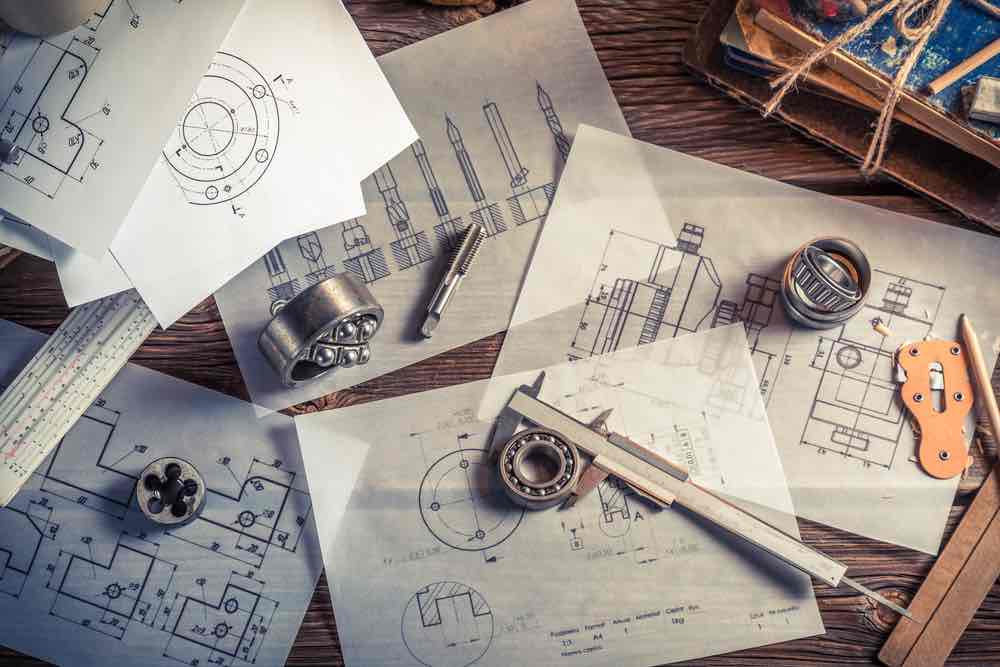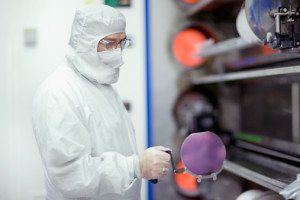 When I hear a parent talk about their student going into engineering, my first question is ‘what branch of engineering interests them?’ which often results in a blank look. To help my readers with this question, I’m going to be writing about different engineering disciplines and the educational and job potential for each.
When I hear a parent talk about their student going into engineering, my first question is ‘what branch of engineering interests them?’ which often results in a blank look. To help my readers with this question, I’m going to be writing about different engineering disciplines and the educational and job potential for each.
One main differentiation is between engineers who are in a ‘field’ job versus a design job – the first category work with the systems, equipment, components, and manufacturing lines. If you’ve ever watched Build it Bigger on the Science Channel and thought “That would be so cool…” you are channeling your inner field engineer. On the other hand, designing a new airfoil on a blank piece of paper using mathematic calculations and computer simulations, and then saying, triumphantly, “it will fly”…that is a part of the design engineer’s day.
Let’s take another example: the microchip foundry, where chips of all kinds — memory, calculator, display, and graphics digital processors – are made. As a design engineer, you would be working on the specification for the foundry, and might be assigned a specific sub-system like the clean room atmosphere controls. You’d be evaluating specifications for particulate size and count, humidity, temperature, vibration, lighting, magnetic field density. Your spreadsheet would fill with options as you tried to find the right balance of all the specifications – adding airflow reduced the particulates but introduced vibration, and high-efficiency lighting caused more magnetic fields. And don’t forget about electrostatic charge!
Meanwhile, your friend the field engineer is out at the previous foundry running tests on the clean room. After calculating the size and shape of the air test bottles and verifying calibration of the instruments, she will supervise the data gathering and make sure the technicians know which test to run in the lab. Gathering the test data and loading it into the Crystal Ball simulator, she learns that the vertically-oriented filters are 25% more effective than the horizontal ones.
The two of you meet up at the engineering conference, trade notes on the clean room design and tests, and you’ve done what engineers for hundreds of years have done — used field data to improve the design. That is the essence of engineering.
Got a question about a specific engineering subject? Email me:
